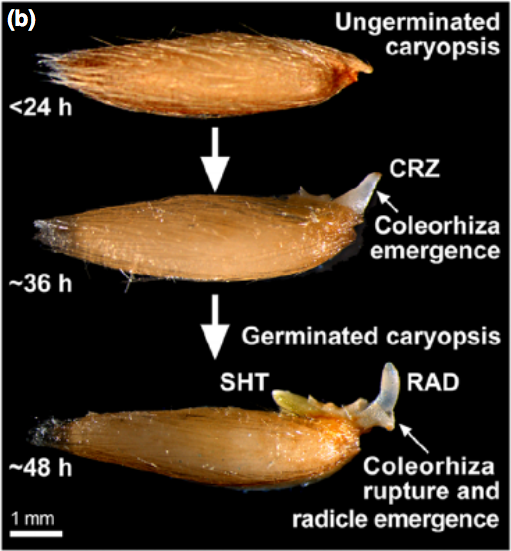
Coleorhiza‐enforced seed dormancy: a novel mechanism to control germination in grasses (New Phytol.)
Plant Science Research WeeklyThe germination process is completed when the radicle emerges from the seed. In eudicots, radicle growth is mechanically limited by the micropylar endosperm. As dormancy is broken and imbibition occurs, this structure is weakened so that radicle can pierce it. In grasses, the radicle is not surrounded…
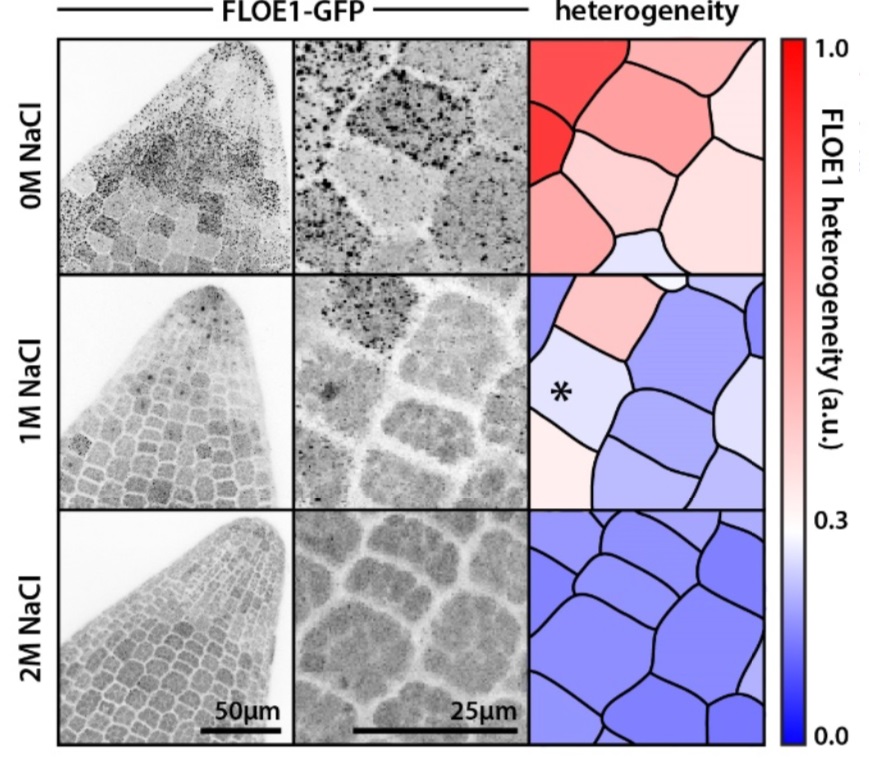
Hydration-dependent phase separation of a prion-like protein regulates seed germination during water stress (bioRxiv)
Plant Science Research WeeklyPlant seeds can remain dormant for several years under stress conditions and subsequently germinate once favorable conditions return. Even though this phenomenon has been known for many years, what keeps the seed from germinating during the unfavorable conditions, especially during water deficit conditions,…
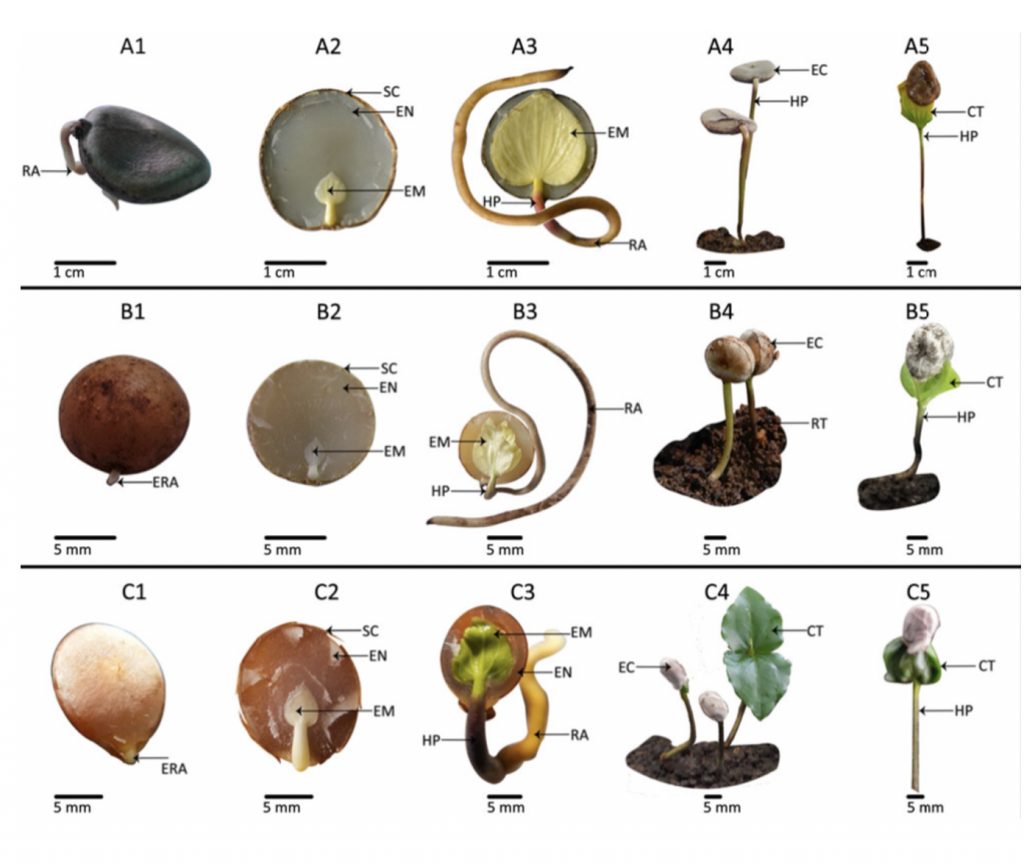
Epicotyl morphophysiological dormancy and storage behaviour of seeds of Strychnos ($) (Seed Sci. Res.)
Plant Science Research Weekly
Seed dormancy and desiccation tolerance impact on germination timing and soil seed bank formation. Here, Muthuthanthirige et al. conducted a thorough series of experiments and anatomical observations to determine the dormancy class and desiccation tolerance of three Strychnos (Loganiacae) species:…

SMAX1-dependent seed germination bypasses GA signalling in Arabidopsis and Striga (Nature Plants)
Plant Science Research WeeklyStrigolactones (SL) are germination cues for parasitic plants, as their seeds will not germinate until they perceive SL exuded from the host plant. In contrast, gibberellins (GA) are the dominant germination hormone in non-parasitic plants; GA-mediated degradation of DELLA repressors permits germination.…
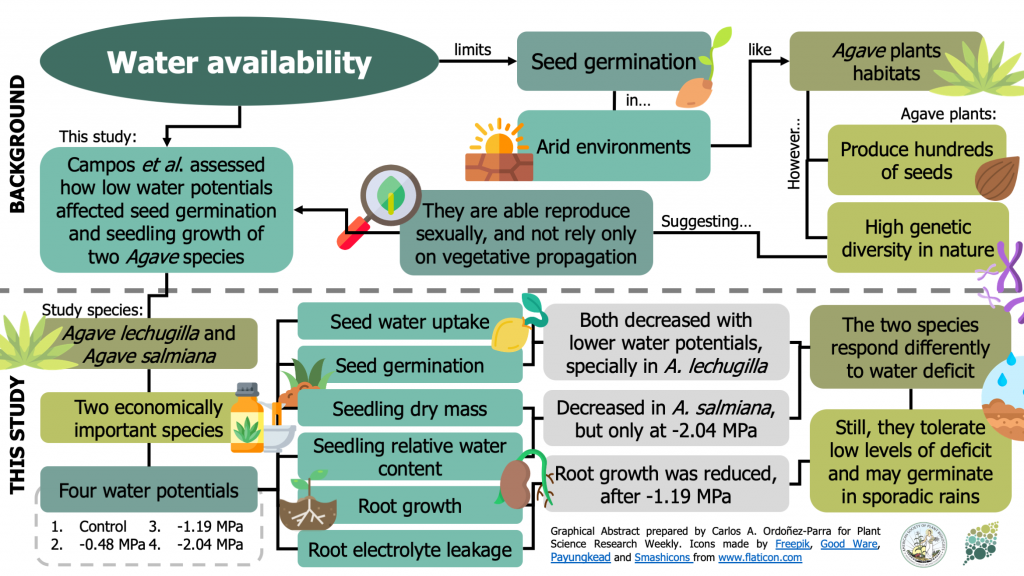
Water availability effects on germination, membrane stability and initial root growth of Agave lechuguilla and A. salmiana (Flora)
Plant Science Research WeeklyLow water availability limits seed germination in arid environments, such as the ones that Agave plants inhabit. As a result, vegetative propagation has been considered their most effective and successful method of reproduction. However, agaves produce several hundreds of seeds, and their natural populations…
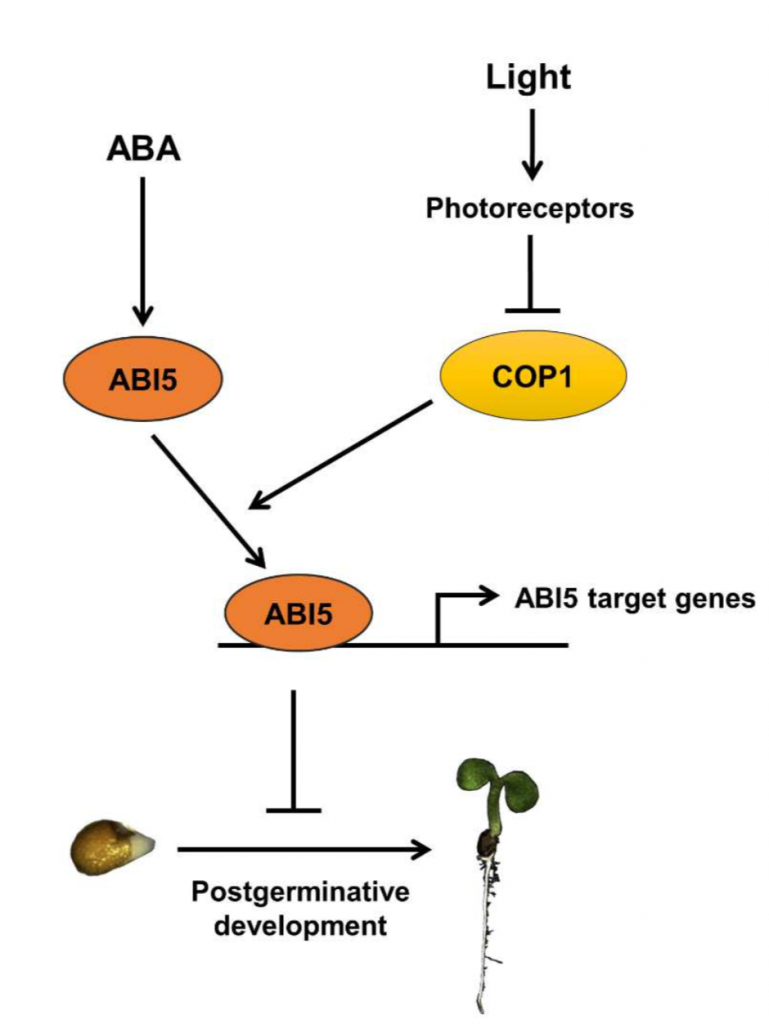
Post germination seedling establishment by ABA in response to light (Plant J.)
Plant Science Research WeeklyAbscisic acid (ABA), is implicated in reversible inhibition of seed germination (emergence of radicle) and post-germination seedling establishment (formation of green open cotyledons) during unfavorable conditions. Yadukrishnan et al. analyzed the role of light in ABA- mediated inhibition of post germination…

The embryo sheath is an anti-adhesive structure that facilitates cotyledon emergence during germination in Arabidopsis ($) (Curr. Biol.)
Plant Science Research WeeklyThe embryo sheath is a glycoprotein structure formed during seed maturation in Arabidopsis thaliana. However, its function and its persistence after germination have been uncertain. Here, Doll et al. examined germination and seedling establishment of krs mutants deficient in the KERBEROS peptide that…

Evidence for physiological seed dormancy cycling in the woody shrub Asterolasia buxifolia and its ecological significance in fire‐prone systems ($) (Plant Biol.)
Plant Science Research WeeklyPhysiologically dormant seeds shift between dormancy (i.e., unable to germinate), conditional dormancy (i.e., germination restricted to a narrow set of conditions), and non-dormancy (i.e., germination under a wide range of conditions) in response to environmental changes. This mechanism –known as dormancy…
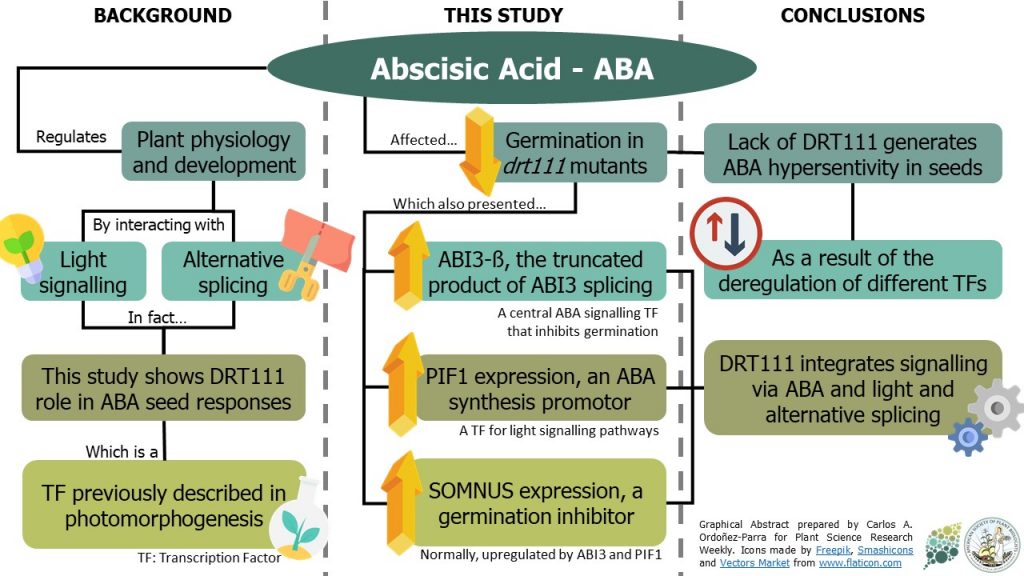
DRT111/SFPS splicing factor controls ABA sensitivity during seed development and germination (Plant Physiol)
Plant Science Research WeeklyAbscisic acid (ABA) acts on different plant physiological and developmental processes by quite complex mechanisms. In fact, some of these processes interact with light signaling and some are controlled by alternative splicing. In this paper, Punzo et al. show that DRT111 – a splicing factor previously…

